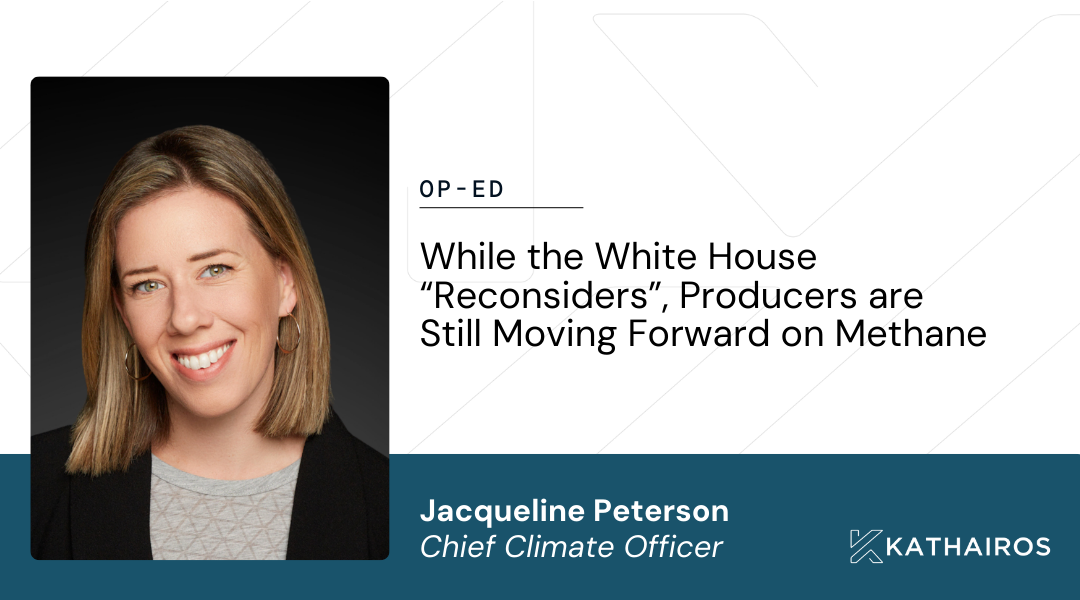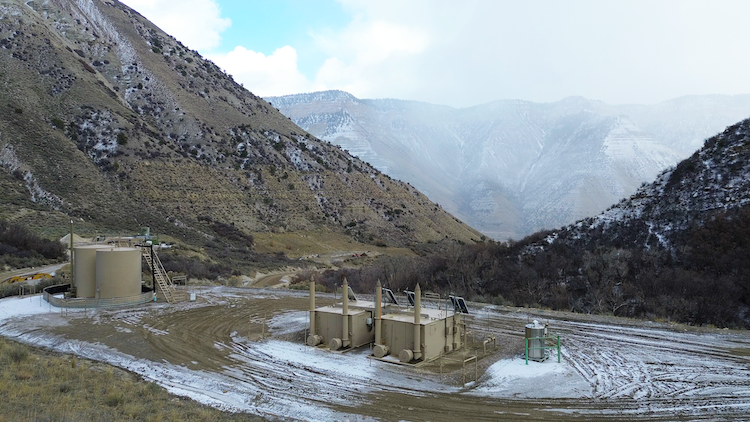
Kathairos has emerged as the leading North American solution for methane elimination from pneumatics, with more than 1,000 systems in operation across North America and over 40 major oil and gas producer partners.
In this post
Climate change has become one of the most pressing issues facing our planet, and one of the main culprits? The emission of greenhouse gases.
These gases have been largely responsible for warming our planet, leading to cascading and devastating effects such as rising sea levels, more frequent natural disasters, and extinction of certain species.
Greenhouse Gases… What Are They?
Greenhouse gases are gases that trap heat in the atmosphere, leading to something known as the greenhouse effect.
These gases include carbon dioxide (CO2), methane (CH4), nitrous oxide (N2O), and fluorinated gases. They are emitted by various sources, such as burning fossil fuels for energy, transportation, and agriculture.
Why Are Greenhouse Gases A Problem?
Despite being crucial to maintaining warmth and life on Earth, too much greenhouse gas accumulation in the atmosphere can make the planet significantly hotter, wreaking havoc on the delicate balance of our ecosystems.
The primary issue with greenhouse gases is that they trap heat in the atmosphere, leading to warmer temperatures. Warmer temperatures can cause more evaporation and changes in precipitation patterns, resulting in more frequent, severe weather events, such as hurricanes, floods, and droughts.
Additionally, rising temperatures can melt glaciers and ice sheets, leading to rising sea levels that affect coastal communities and ecosystems. The consequences of climate change are wide-ranging, from harming wildlife and crops to threatening human health and safety.
How Can We Eliminate Greenhouse Gases?
Reducing greenhouse gas emissions is a complex challenge that requires a multifaceted approach.
Here are a few steps we can take:
Continue decarbonization efforts across industry. Through incorporating sustainable approaches to energy production, renewable sources of energy into the landscape, and refining existing practices to become less carbon-intensive, we can greatly reform energy practices and transition toward decarbonization.
Support sustainable transportation. Transportation is another significant contributor to greenhouse gas emissions. Encouraging the use of public transportation, carpooling, walking, and biking can help reduce emissions.
Adopt sustainable farming practices. Agriculture is responsible for a significant amount of nitrous oxide emissions, which can be reduced through sustainable practices like crop rotation, composting, and reducing fertilizer use.
Encourage reforestation. Forests capture and store carbon dioxide, making them valuable assets in fighting climate change.
Promote lifestyle changes. Reducing energy consumption, recycling, and reducing food waste can all help minimize greenhouse gas emissions.
The Takeaway
Eliminating greenhouse gas emissions is a vital step towards protecting our planet and securing a better life for ourselves and future generations.
We have the technology, knowledge, and resources to make real change and prevent the worst effects of climate change: by making smart choices, supporting sustainable practices and policies, and working together, we can help to reduce greenhouse gas emissions and create a cleaner, healthier future for everyone.
Explore more posts from Kathairos
.jpg)
Decarb Digest, Issue 01: Discover Why Energy Leaders Aren’t Waiting on Washington

Op-Ed: While the White House “reconsiders”, producers are still moving forward on methane

